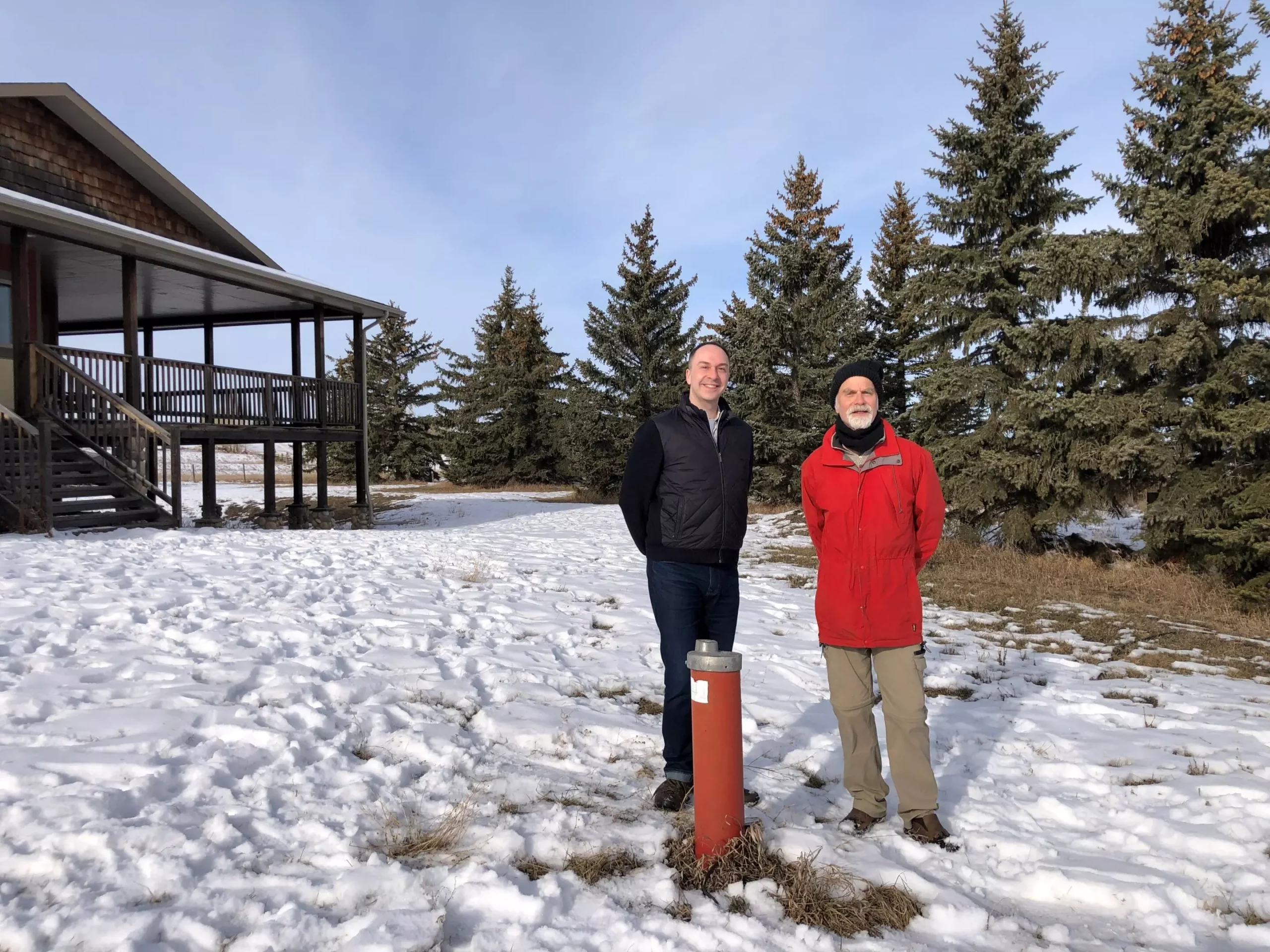Recent research conducted by a transdisciplinary team at the University of Calgary has revealed a concerning link between radon exposure in rural homes and their proximity to drilled groundwater wells. This discovery sheds light on the higher concentrations of radon found in rural communities compared to urban areas, prompting further investigation into the geophysical makeup of these regions and the potential risks associated with well water.
Dr. Aaron Goodarzi, the principal investigator of the study, emphasized that the primary source of elevated radon levels in rural homes is not the water itself, but rather the drilled wells that serve as unintended conduits for radon gas. This phenomenon, described as “unintended straws for radon gas deep in the ground,” poses a significant health risk to individuals residing in these areas. Despite the alarming findings, Dr. Goodarzi reassures that remedying radon levels in homes is indeed feasible, offering a glimmer of hope for affected communities.
While many rural properties depend on well water for their daily needs, the researchers found that the concentration of radon in the water was not substantial enough to account for the heightened levels observed in indoor air. Instead, the problem appears to stem from the spaces surrounding water well pipes, where radon gas may be seeping through and accumulating within residential structures. This unexpected discovery raises concerns about the potential migration of radon gas along water wells, similar to the occurrence of methane gas around oil and gas wells as noted by Dr. Cathy Ryan, a study co-lead from the Faculty of Science.
Understanding Radon Gas
Radon, a radioactive and imperceptible gas, naturally emanates from beneath the earth’s surface and becomes concentrated within enclosed spaces such as buildings. Despite being undetectable by human senses, radon can pose serious health risks, particularly in indoor environments where it can accumulate to carcinogenic levels. Dr. Josh Taron, another study co-lead from the School of Architecture, emphasizes the importance of considering soil gas dynamics in building designs to create safe and healthy living spaces, underscoring the critical need to address geological factors that may contribute to radon exposure.
The research findings, published in Scientific Reports, indicate that residents in rural communities are exposed to approximately 30 percent higher levels of radon compared to their urban counterparts. This disparity in radon exposure underscores the necessity of routine testing and mitigation efforts, especially in areas where drilled groundwater wells are prevalent. By raising awareness about the potential risks associated with radon gas and emphasizing the importance of proactive measures, such as regular monitoring and ventilation systems, communities can work towards reducing the incidence of radon-related health issues.
The University of Calgary’s groundbreaking study on the correlation between radon exposure and drilled groundwater wells in rural communities highlights the urgent need for heightened awareness and action to mitigate the risks posed by this invisible yet detrimental gas. By addressing the root causes of elevated radon levels and implementing targeted interventions, we can protect individuals from the harmful effects of radon and create healthier living environments for all.



Leave a Reply